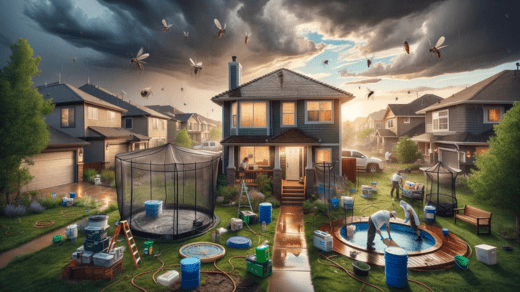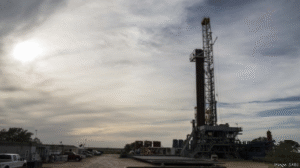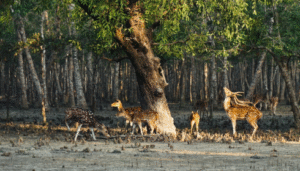
Thunderstorm in Denver
In Denver, thunderstorms frequently bring with them strong gusts of wind, lightning, and rain. These weather conditions are necessary to maintain agricultural output and replenish soil moisture, but they can also lead to a variety of pest issues. Following a thunderstorm, farmers and Denver residents may come across a variety of pests looking for food, cover, and breeding grounds. For efficient pest management and to protect property and crops, it is crucial to comprehend these typical pest issues and take preventative action. In this article, learn more about typical pest issues after a thunderstorm in Denver.
1. Mosquitoes
Puddles, birdbaths, and containers that have standing water after a thunderstorm are perfect places for mosquitoes to nest. Not only can these bothersome insects bite, but they also spread diseases like the West Nile virus, which can be harmful to one’s health. To mitigate mosquito populations, residents should eliminate standing water around their homes and use mosquito repellents when spending time outdoors.
2. Ants
When it rains a lot, ants may decide to take cover inside their nests. Ants may enter houses in quest of food and cover, especially in places where there are readily available food sources and moisture. Homeowners should cover gaps and crevices, store food in airtight containers, and keep kitchens and eating rooms clean to avoid ant infestations.
3. Cockroaches
Drawn in by warmth and wetness, cockroaches, like ants, may move indoors after a thunderstorm. These hardy pests can cause allergies and asthma attacks, contaminate food, and pose serious health dangers. Homeowners can prevent cockroaches by clearing out clutter, caulking entryways, and taking care of moisture problems like leaky pipes and moist basements.
4. Rodents
In pursuit of food and refuge, rodents like mice and rats may be forced inside buildings by intense rain. Through their urine and droppings, these pests can spread disease, pollute food sources, and cause property damage. Homeowners should keep food in rodent-proof containers, fix foundation gaps and cracks, and cut vegetation away from structures to avoid rat infestations.
5. Termites
Since these insects prefer wet settings, excessive moisture from thunderstorms can foster an atmosphere that is conducive to termite activity. Termites are a serious hazard to houses and buildings and may do a great deal of damage to timber structures. To deter termites, homeowners should address moisture problems such as leaky roofs and faulty plumbing, inspect wooden structures for signs of termite activity, and schedule regular termite inspections.
6. Plant Pests
In agricultural settings, thunderstorms can create conducive conditions for plant pests such as aphids, mites, and caterpillars. These pests may proliferate following a thunderstorm, feeding on crops and causing yield losses. Farmers should adopt cultural practices like crop rotation and sanitation, keep a close eye out for indications of pest infestations in their crops, and, when needed, apply targeted pesticides.
In conclusion, Denver thunderstorms can cause a variety of pest issues, such as termites, rodents, and mosquitoes. Homeowners and farmers can reduce the hazards posed by pests and protect their premises and crops by being aware of the typical pest problems connected to thunderstorms and putting preventive pest management techniques into place. Denver citizens may efficiently manage insect populations and establish healthy, pest-free surroundings by implementing targeted pest control techniques, habitat modification, and adequate hygiene.





